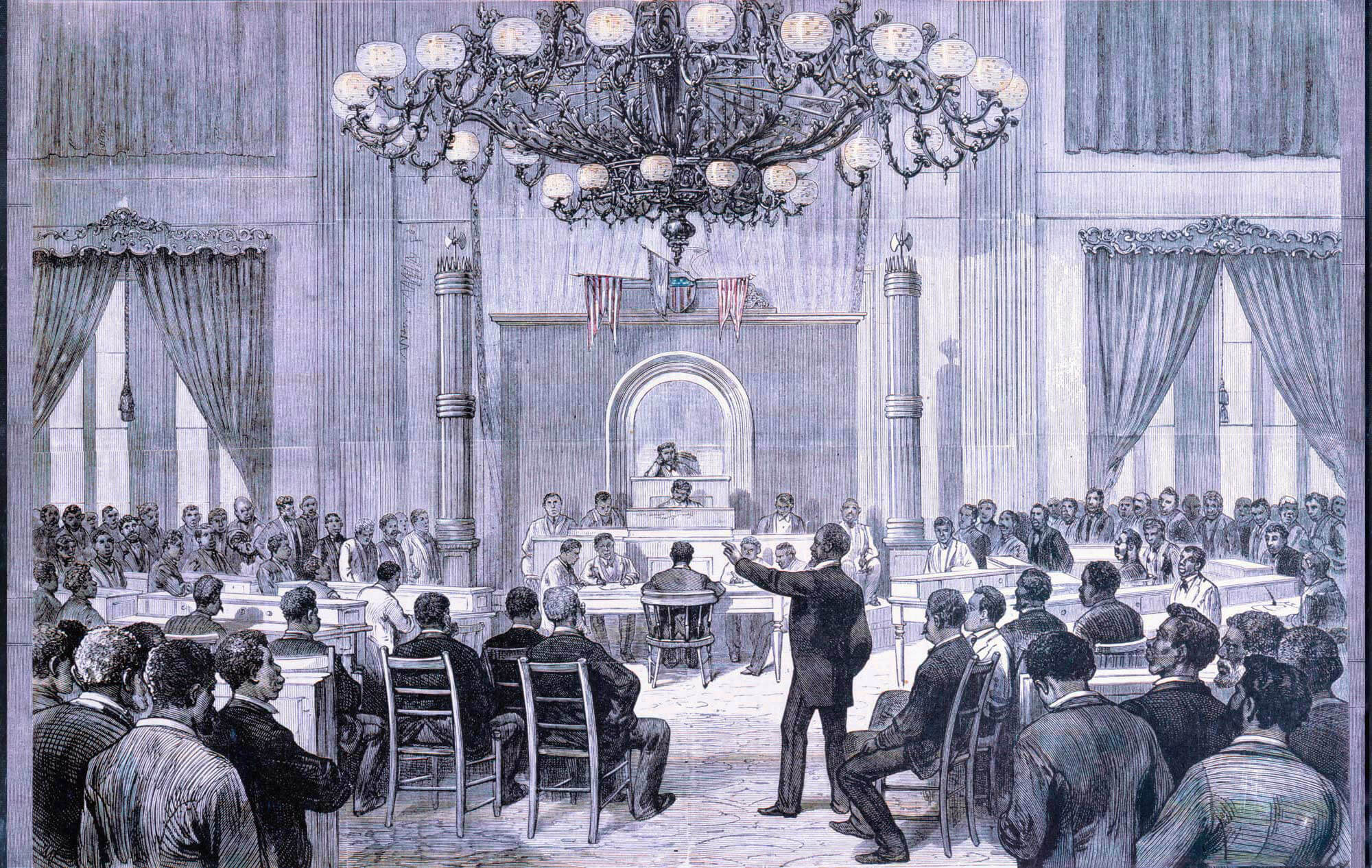Musket balls and bullets sing as they hurtle through the low smoke and dust. Trees explode. Cavalry horses breathe hard, final breaths and collapse beneath their captains. Men do the same. All the while, a distant bugle and drum sound commands.
The haze of the battlefield takes a long while to lift. Sometimes it never does. For combatants, memories of how, when and why events transpired and who was where when can diverge wildly. But painting an accurate account of a particular battle is important for a number of reasons, chief among them the toll skirmishes take on the outcome of history.
That’s the prime motivator for Carol Reardon, the George Winfree Professor Emerita of American History at Penn State, who first visited the site of the Battle of Gettysburg when she was ten years old.
“There’s something about seeing the artillery on the ground,” explains Reardon. “There’s something about thinking about what the soldiers here went through. There is something about just reflecting on the pain and the anguish, but also reflecting on the causes for which they were trying to fight. Modern America is what it is because of the things that happened here on this battlefield.”
Reardon had family on both sides of the battle. Her great-great-great uncles fought on Little Round Top. A southern ancestor laid down his life as part of the ill-fated maneuver known as Pickett’s Charge. The location fills her, she notes, with overwhelming sadness and awe at the events that transpired.
The full article and video can be viewed on the Big Ten Network.

